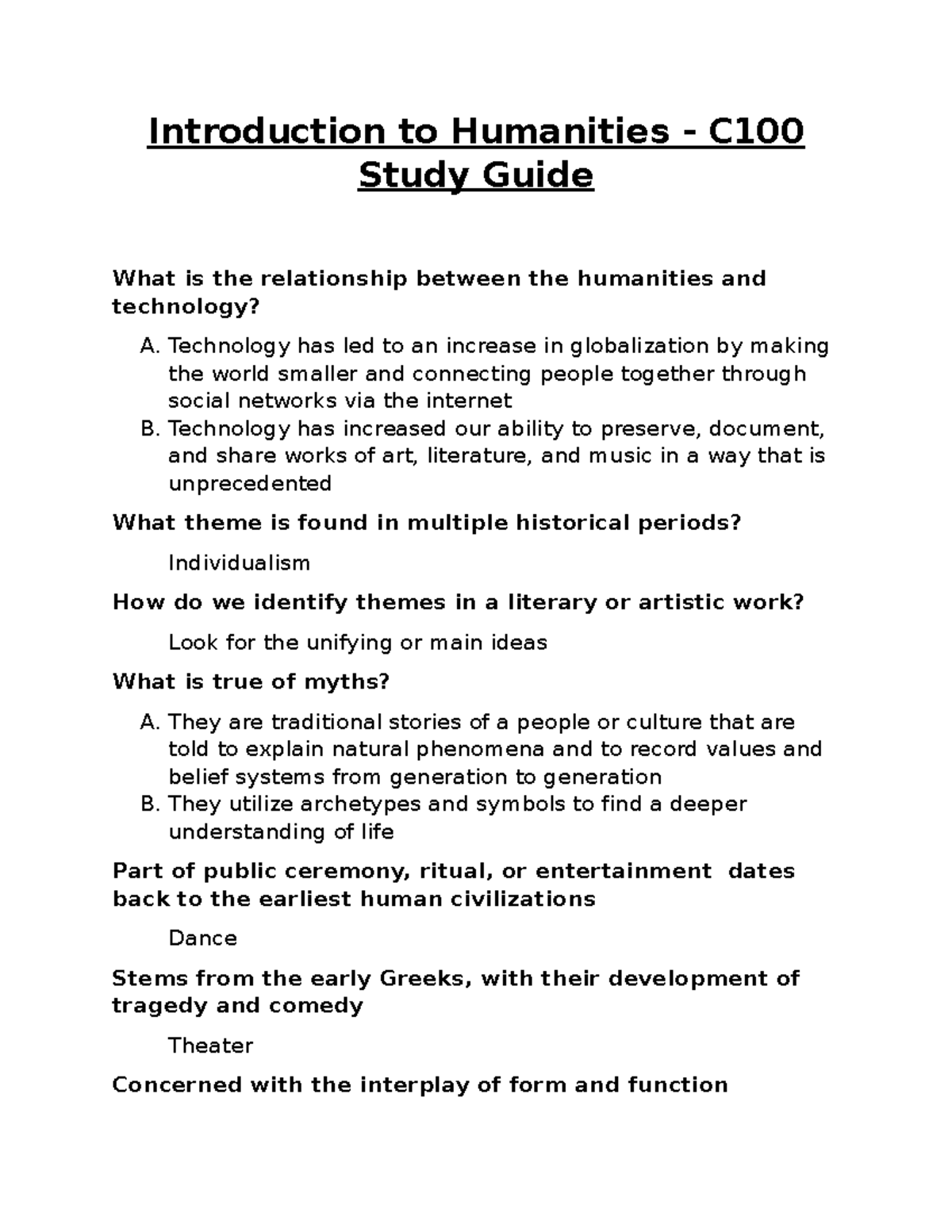Portraits for Social Justice serve as a powerful medium through which voices that often go unheard can resonate strongly within our communities. This innovative exhibition features the evocative works of artist Robert Shetterly, whose series “Americans Who Tell the Truth” and the Harvard Foundation Portraiture Project aim to spotlight individuals who have driven significant social change. By portraying courageous figures—especially female changemakers—Shetterly and his collaborators elevate the conversation around social justice art in a way that is visually compelling and deeply inspiring. The portraits invite viewers to look beyond the surface, fostering a connection with both the subjects and the critical issues they represent. As these images come to life, they challenge us to reflect on our own roles in the quest for equity and justice in society.
The realm of advocacy art encompasses many forms, prominently featured in initiatives like Portraits for Social Justice. This artistic movement, which aims to amplify marginalized voices and promote systemic change, finds expression in various projects, including renowned works by Robert Shetterly. Through exhibitions like the Harvard Foundation Portraiture Project, these compelling visual narratives highlight both historical and contemporary figures who have courageously confronted injustice. The mix of storytelling and art creates a platform where viewers can engage with the legacies of trailblazers—especially influential female leaders—whose contributions have shaped the discourse around civil rights and equity. Emphasizing the importance of representation, this approach enriches our understanding of social dynamics and inspires action toward a more just society.
The Impact of Robert Shetterly’s Portraits on Social Justice
Robert Shetterly’s portraits are not merely artistic expressions; they embody the very essence of social justice through visual storytelling. Each figure captured in his “Americans Who Tell the Truth” series symbolizes courage and commitment to challenging societal norms. Shetterly, profoundly affected by political injustices, embarked on his artistic journey as a form of protest against war and oppression. His portraits serve as a reminder of the individuals who stand up for truth and justice, often at great personal risk. This courageous stand encourages viewers to reflect on their own roles in advocating for social change.
Moreover, through each brush stroke and carefully chosen quote, Shetterly invites the observer to engage deeply with the underlying narrative of each portrait. The use of incised words along with the painted image creates a dialogue between the viewer and the subject—an experience that transcends the traditional understanding of portraiture. As highlighted by Shetterly himself, every portrait he creates is a testament to the struggles and triumphs of those who have fought against injustice, fostering a sense of hope and motivation for continuing the fight for equality.
Celebrating Female Changemakers in the Arts
The convergence of art and social activism is vividly illustrated in the representation of female changemakers within Shetterly’s and the Harvard Foundation Portraiture Project’s recent exhibition. This celebration of women, including notable figures like civil rights activist Pauli Murray and former U.S. Treasurer Rosa Rios, emphasizes the critical role women play in shaping social justice efforts. These portraits not only honor their individual contributions but also highlight the collective power of women advocating for a more equitable society. Such portrayals challenge traditional narratives and signal a vital shift towards inclusion in art.
Furthermore, by showcasing these notable female figures, the exhibition sends a clear message that the fight for justice requires diverse voices and perspectives. The portraits serve as a reminder of the importance of intersectionality in social justice art, recognizing that women’s stories—especially those of marginalized women—are fundamental to understanding the broader struggle for equity. By amplifying these voices through visual art, we foster a deeper understanding of the challenges they face and inspire future generations to continue the fight against systemic inequalities.
Exploring the Harvard Foundation Portraiture Project
The Harvard Foundation Portraiture Project plays a significant role in diversifying the narratives represented within academic spaces. By commissioning portraits that reflect a wide array of cultural and historical contexts, the project actively works to rectify the underrepresentation of minority figures in traditional art collections. This initiative inevitably serves as a platform for dialogue, encouraging viewers to engage with the complexities of race, gender, and identity in America today. Each portrait created adds layers of meaning and significance within the framework of Harvard’s history and its commitment to inclusivity.
In alignment with the ethos of social justice art, the Portraiture Project underlines the importance of representation as a vital component of educational and cultural institutions. This initiative not only enhances the aesthetic landscape of Harvard’s campuses but also enriches the educational experience by presenting a more nuanced understanding of history and contemporary society. As visitors encounter these portraits, they are challenged to consider the impact of underrepresented voices and are called to action in their own endeavors for equity and justice.
The Resonance of Portraiture in Social Activism
Portraiture has long served as a powerful medium for social activism, transcending mere representation to foster advocacy and awareness. Through their visually engaging narratives, portraits immerse viewers in the lived experiences of individuals who have dared to speak out against injustice. Robert Shetterly’s approach to portraiture exemplifies this connection, as he emphasizes the courageous stories that lie behind each subject. The emotional weight of these painted figures serves to inspire action in the viewer, reinforcing the idea that art can serve as a catalyst for change.
Furthermore, portraiture in social activism offers an intimate glimpse into the lives of those committed to justice. By capturing not just likenesses but also ideologies and struggles, artists like Shetterly facilitate connections between the audience and the subjects of their work. This engagement is crucial in the realm of social justice art; it urges people to expand their understanding of activism by recognizing the shared human experiences that unite us all. In doing so, portraits become a vehicle for fostering empathy and igniting passion for social transformation.
Art as a Medium for Change: The Role of the Harvard College Women’s Center
The Harvard College Women’s Center plays a pivotal role in promoting gender equity through diverse programming and representation within the arts. The collaboration with Robert Shetterly’s portraits for Women’s Week exemplifies how art can intersect with activism to uplift women’s voices and accomplishments. By spotlighting female changemakers at the exhibition, the Women’s Center reinforces the idea that women have always been at the forefront of social change, yet their contributions are often overshadowed. This intentional focus on representation fosters a sense of community and solidarity among students, encouraging them to engage actively in the dialogue about gender equity.
Additionally, the Women’s Center’s initiative to host exhibitions like ‘Seeing Each Other’ broadens the narrative of women’s impact in society. It highlights the contributions of women across various fields, including academics, activism, and the arts. Such exhibitions not only celebrate the achievements of these remarkable individuals but also inspire younger generations to appreciate their potential for leadership. The power of art, as channeled through institutions like the Women’s Center, mobilizes individuals to reflect on their own responsibilities in promoting equality and affecting change in their communities.
The Cultural Significance of Portraiture Beyond Aesthetics
Portraiture transcends mere visual appeal; it encapsulates cultural significance that reflects societal values and historical contexts. The act of portraying individuals from diverse backgrounds allows artists to confront prevailing narratives and challenge the status quo. In the case of Robert Shetterly’s work, the portraits become vessels for marginalized voices, often overlooked in American history. This cultural responsibility of artists emphasizes the role of visual narratives in encouraging discourse surrounding identity, representation, and justice.
Additionally, the deeper layers of meaning embedded within portraits open conversations about the artists’ intentions and societal impact. By committing to represent those who challenge injustice, Shetterly aligns himself with a broader movement seeking to reframe culture through the lens of equity. These artistic endeavors foster a keen awareness that art can invoke feelings of solidarity and empathy, making an indelible mark on how we perceive and interact with one another in a multicultural society.
Empowering Voices Through Artistic Expression
Art serves as a powerful tool for empowerment, offering individuals a platform to express their truths and challenge societal norms. The portraits created by Shetterly and other artists involved in the Harvard Foundation Portraiture Project demonstrate how visual representation can elevate the voices of those who have historically been silenced. By encapsulating the struggles and achievements of various individuals, these portraits embody the essence of empowerment through artistic expression, inviting viewers to engage with the stories behind the images.
Moreover, the act of showcasing these portraits creates opportunities for dialogue and reflection within communities. Exhibitions like ‘Seeing Each Other’ encourage not only appreciation for the artistry but also a deeper understanding of the issues at hand. They highlight the importance of sharing personal stories and experiences as a means to empower others, reinforcing the idea that every voice matters in the collective struggle for social justice. Through such platforms, art becomes a unifying force that elevates consciousness about pressing social issues.
Reflection and Action: The Legacy of Social Justice Art
The legacy of social justice art carries profound implications for both artists and viewers. By choosing to create works that address injustice, artists like Robert Shetterly contribute to a dialogue that fosters awareness and prompts action. The portraits created within the scope of projects such as ‘Americans Who Tell the Truth’ symbolize a commitment not only to recognizing individual stories but also to inspiring collective efforts toward change. Art becomes a means to reflect on historical narratives while galvanizing individuals to take meaningful steps in their advocacy for equality.
Additionally, the power of reflection in relation to social justice art lies in its ability to challenge complacency. As viewers engage with these portraits, they are not just passive observers but active participants in the conversation about social change. Encouraged to reflect on their own perspectives and roles in society, individuals are motivated to act, thereby perpetuating the legacy of transformative art. The ongoing dialogue between art and activism highlights the enduring importance of representation and empowers individuals to confront social injustices within their spheres of influence.
Frequently Asked Questions
What are Robert Shetterly’s portraits and how do they relate to social justice?
Robert Shetterly’s portraits are part of his ‘Americans Who Tell the Truth’ series, which aims to honor and amplify individuals who have made significant contributions to social justice. Through his art, Shetterly portrays figures who exhibit courage and integrity in challenging societal norms, making his work a powerful form of social justice art.
How does the Harvard Foundation Portraiture Project contribute to the visibility of female changemakers?
The Harvard Foundation Portraiture Project showcases the achievements of female changemakers by creating and displaying their portraits, thereby elevating their stories and contributions to social justice. This project complements Robert Shetterly’s work by diversifying the representation of women who have made significant impacts in their communities and beyond.
What is the purpose of the exhibition ‘Seeing Each Other’ relating to social justice art?
The exhibition ‘Seeing Each Other’ merges the works from Robert Shetterly’s ‘Americans Who Tell the Truth’ series and the Harvard Foundation Portraiture Project. Its purpose is to spark conversations around hope, change, and representation, emphasizing the importance of social justice art in acknowledging and uplifting overlooked voices.
How do Robert Shetterly’s portraits promote discussions about social justice?
Robert Shetterly’s portraits promote discussions about social justice by visually representing important figures who have dedicated their lives to advocacy and change. Each painting is accompanied by a quote from the subject, encouraging viewers to engage deeply with their stories and the broader social justice movements they represent.
What influence did Robert Shetterly’s background have on his social justice art?
Robert Shetterly’s background as an artist and his disillusionment with political events influenced his creation of social justice art. His desire to honor those who have courageously fought for justice led to the ‘Americans Who Tell the Truth’ series, where he combines artistry with activism to inspire change and reflection.
How does the Harvard Foundation enhance the impact of social justice portraits?
The Harvard Foundation enhances the impact of social justice portraits by actively promoting diversity and representation through its Portraiture Project. By showcasing portraits of influential figures, including female changemakers, the foundation helps to highlight their contributions and encourage discourse around equity and justice.
In what ways do Robert Shetterly’s portraits and the Harvard Foundation’s projects intersect?
Robert Shetterly’s portraits intersect with the Harvard Foundation’s projects through a shared commitment to social justice and representation. Both initiatives focus on honoring individuals who exemplify courage and advocacy, and collaborative exhibitions like ‘Seeing Each Other’ bring their works together to elevate the conversation around social justice.
What themes are prevalent in Robert Shetterly’s social justice portraits?
Themes prevalent in Robert Shetterly’s social justice portraits include courage, activism, and the importance of speaking truth to power. His subjects often represent marginalized voices, reinforcing the necessity of their stories in the broader narrative of social justice.
How do portraits serve as a medium for social justice activism?
Portraits serve as a medium for social justice activism by allowing artists to visually narrate the stories of individuals who challenge the status quo. Through their representation, these portraits inspire viewers to reflect on important social issues and empower movements for change.
| Key Points |
|---|
| Artist Robert Shetterly, motivated by the Iraq War, began painting influential figures as a form of protest. |
| The ‘Americans Who Tell the Truth’ series displays portraits that amplify courageous voices advocating for social justice. |
| Collaboration with the Harvard Foundation highlights overlooked representations, including portraits of significant female changemakers. |
| Quotes are engraved in the portraits, encouraging viewers to engage deeply with the subjects. |
| The exhibition ‘Seeing Each Other’ emphasizes the importance of solidarity in achieving gender equity and social justice. |
| Shetterly’s work consists of over 200 portraits, blending personal expression with social commentary. |
Summary
Portraits for Social Justice aim to elevate the voices of those often overlooked while addressing vital issues of representation and advocacy. Through the powerful artwork of Robert Shetterly and collaborations with the Harvard Foundation, the initiative not only captures the essence of courageous individuals but also fosters a conversation about the importance of social equity. By highlighting figures such as Sherrilyn Ifill and other female changemakers, the program showcases that the journey towards justice is a collective responsibility, urging each of us to reflect on our role in creating lasting change. The portraits serve as compelling visual narratives that not only honor their subjects but also inspire all viewers to engage in the ongoing struggle for a more just society.




